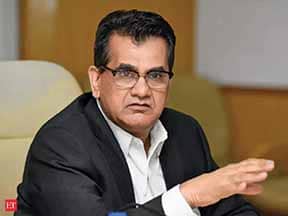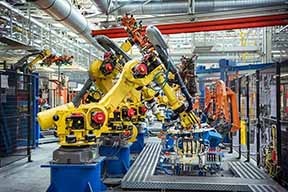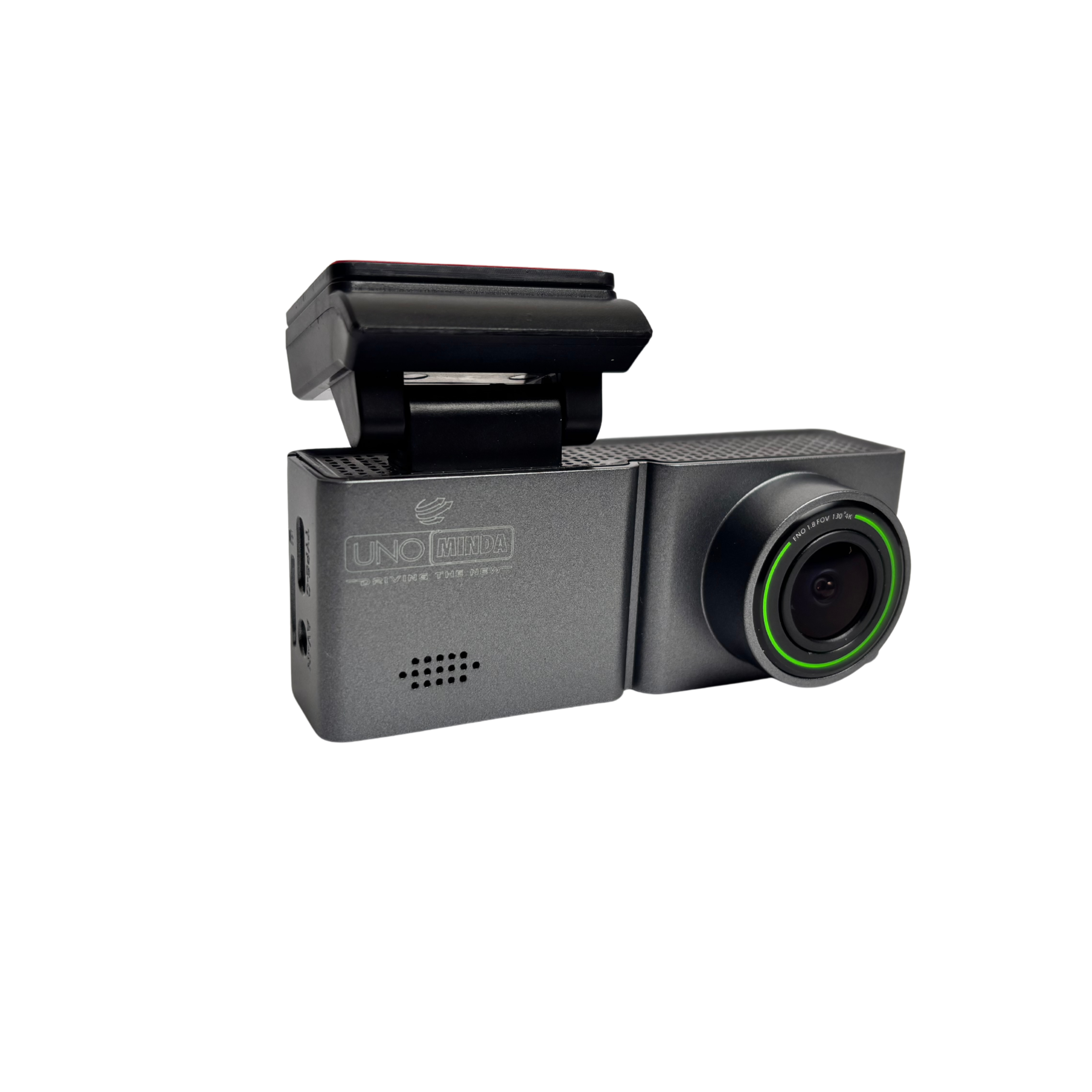A product in its life cycle has to transition multiple layers from concept to commercialisation. It’s this journey that has been a subject of evolution ever since industrialisation is known to man. The manufacturers have set the bar high for themselves, at times driven by internal driving forces and on other instances by external forces beyond control. Undeniably, the industry has lapped digitisation and digitalisation. Two different sides of the same coin, it is the latter, however, that takes much doing. Digitalisation translates to the conversion of erstwhile analogue business processes to digital processes powered by Industry 4.0. This evolution has seen greater adoption of technology to make traditional manufacturing and industrial practices more relevant and profitable. It supersedes all especially at a time when the government is looking to make India an integral part of the global supply chain. This has opened doors for global best practices to make inroads into the country.

At a recent industry conclave, Amitabh Kant, Chief Executive Officer at NITI Aayog said, “Globally, automakers are moving very fast in incorporating digital and analytics in their day-to-day operations. As manufacturing philosophy expands from Just-In-Time (JIT) to Just-In-Case (JIC), companies can grow faster by leveraging data analytics and digital tech.”
JIT TO JIC
A tough fiscal that has gone by forced the industry to review production life cycles. From erstwhile JIT processes, the suppliers have adapted to JIC processes. Most are working with a crucial stockpile to hedge against unforeseen disruptions to their supply chains in order to meet the demands on the supply-side and the demand-side. Turning back the clock, the industry has come full circle to creating products in advance and at times in excess of the demand. Contradicting the principles of lean production, it is found to minimise the risk of the product running out of stock. It is deemed as a suitable strategy to overcome ground-zero challenges like predicting consumer demand and or tackling demand surges when least predicted.
Minimising human intervention
Automation in manufacturing has more pros than cons. Apart from sparing the blue-collared workforce of mundane tasks, it adds a cushion of safety at the shopfloor level. It is known to collaborate with the workforce as cobots thereby enhancing production outputs and reducing turnaround times. Crucial to order fulfilment for any supply chain, be it upstream or downstream. For example, for a components supplier, it is important to have an efficient downstream supply chain in order to supply to its manufacturer in turn. Today systems allow for real-world simulation and prepare contingency plans for various use-case scenarios beforehand. It is known to help in alleviating the risk quotient associated with the real world. The contingency plan with efficient workflows leads to lesser wastage and higher Return on Investment (RoI). Deepak Jain, Chairman and Managing Director at Lumax Industries Ltd (Ex-President, ACMA) voiced his opinion on the industry needing government support to allow the automotive sufficient time for such a transition. He called it critical for the survival and competitiveness of the industry. En route to higher localisation levels, Kant advocated for the need to de-risk supply chains. He called for the need to plan ahead for localising machined components, lightweight polymer-based and BSVI components over the next few quarters.
Aviation: A Case Study
Aviation is a subset of the automotive universe. Experts agree that the best practices of aviation can well make in-roads into automotive components manufacturing. Known to lead the advancements and adoption of best practices, it makes for a good case study for the components manufacturers including the tier suppliers. At an industry conclave, Jitendra Jadhav, Director of CSIR-National Aerospace Laboratories (CSIR-NAL) shared the outcome of a collaboration with Dassault Systemes. Claimed Jadhav, a system evaluation was enough to be able to incorporate an improved cabin layout, and passenger comfort and safety. In another case study, he shared how anthropometry studies helped in the reduction of design cycle times. It led to a minute evaluation of parameters like pilot reachability for cockpit instruments and mechanical controls, for example. In yet another case study, it was revealed how an outside pilot vision field assessment led to the incorporation of design changes based on observed vision loss and ensuring an adequate vision for safe runway operations. The case study was extended to immersive virtual reality being used for maintenance and serviceability. The outcome involved an upfront validation of the design for serviceability. The automotive industry could take cues from the NAL programs to deliver aircraft on time and on budget through the said digital transformation.
Defence: A Case Study
At Larson & Toubro (L&T) Defence, the defence business is spread out to verticals like Weapons & Engineering Systems, Guns, Missiles and Armoured Systems, Submarines and Underwater Platforms, and Shipbuilding. The company has come a long way from using Computer-Aided Design using Catia for generations of drawings and models in 1996 to 3D Visualisation and laser-based meteorology in 2004. From using online design management and workflows in 2006, the company graduated to the complete ‘Digital Experience’ in 2017. This transformation led to mobility at work, digitalisation, workplace automation and analytics and visualisation. By 2019, the pyramid had a building block of a digital read infrastructure supporting a digital application ecosystem and meeting the objective of a data-driven organisation. PLM process revamp was a crucial inclusion here. Fast forward to 2020, the company expanded to incorporate integrated production planning, integrated quality management, a connected supply chain, a single comprehensive platform with CAD tool integrations, and data-driven decision making. Shingo Konomoto, Chairman, President and Chief Executive Officer at Nomura Research Institute, Japan opined, “The future of mobility in India will need a focus on afford-ability, accessibility and integration.” ACI
















Leave a Reply